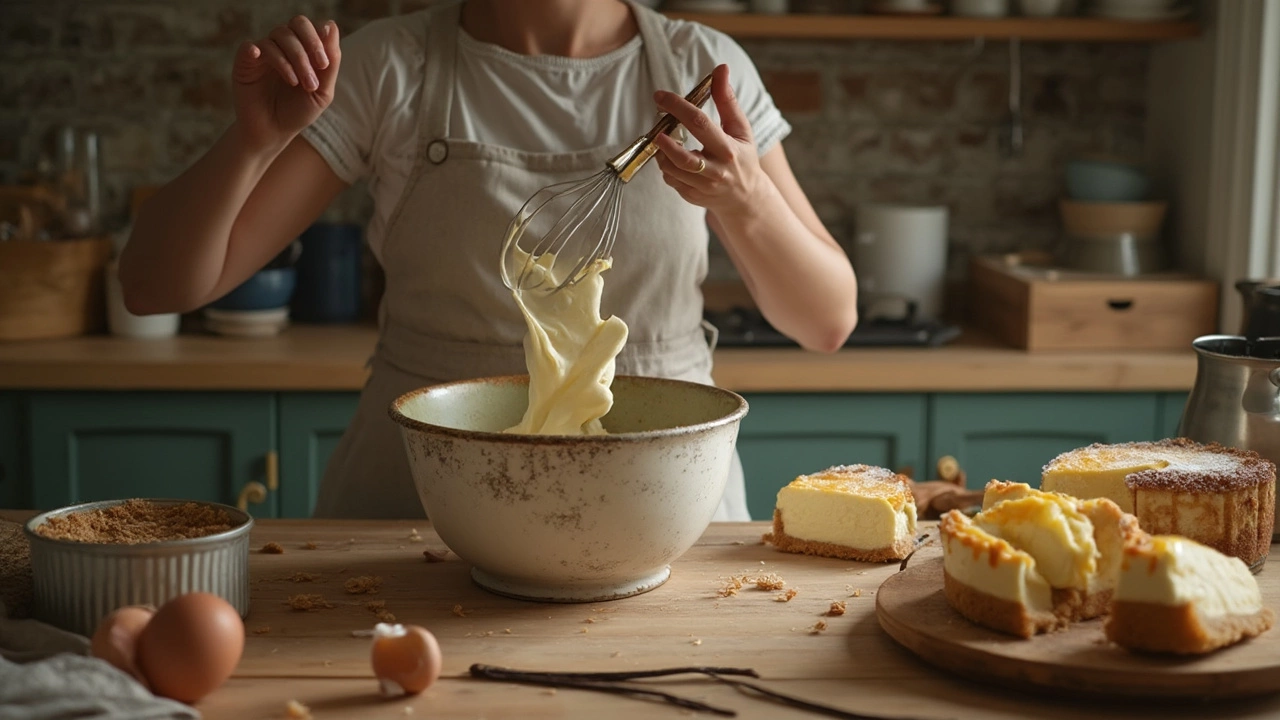
Ever sliced into what you thought was an ordinary cheesecake, only to find it’s an entirely different animal? Cheesecakes—smooth, creamy, and indulgent—aren’t just one-size-fits-all desserts. In my kitchen, where my daughter Tamsin sometimes helps (mostly with licking the spoon), cheesecake comes up every special occasion. But there’s always that question: what makes the mighty New York style cheesecake stand apart from the regular ones? Trust me, the delicious details are more than just city pride and an extra-thick crust.
The Origin Stories: Where Cheesecakes Began Their Journeys
Everyone loves a good origin story—just look at the Marvel movies. Cheesecake has one, too, tracing roots as far back as ancient Greece. Apparently, athletes at the first Olympic Games in 776 BC were given what might be considered early cheesecake as an energy source. Move forward to the 20th century, and America put its signature stamp on the dessert.
New York became cheesecake central after Arnold Reuben (yes, the Reuben sandwich guy) tasted a cheese pie at a party around 1929 and decided he could do better. He started tinkering with recipes, and boom—what’s now called "New York Style Cheesecake" hit menus in classic Jewish delis across the city. What about so-called regular cheesecake? That’s less about geography and more about how flexible the cake is—different areas of the US and Europe have their own beloved versions, whether it’s Italian, French, or even Chicago-style.
So next time someone debates you about the “real” cheesecake, know that diversity is old news in the cheesecake world. In places like Junior’s in Brooklyn, the New York variety is practically a rite of passage—even Oprah once called it the best she’d ever tasted. But shops all over Pennsylvania or even in my own fridge might have a lighter, fluffier version made with ricotta or sour cream. It’s almost like the dessert is a passport of global flavors, its roots branching out in fun, unexpected ways.
The Ingredient Showdown: Cream Cheese vs. Everything Else
If you look at a slice of New York cheesecake and a slice of what people call regular cheesecake, they might not seem so wildly different. The big secret is in the cheese—and how much of it is packed inside. New York style goes heavy on full-fat cream cheese, sometimes three or four packs for a single cake. Most bakers skip fillings or flavorings, letting plain, luxurious dairy do the talking. A little sugar, a handful of eggs, and maybe a touch of vanilla or lemon zest, and that’s about it. Flour or cornstarch sometimes sneaks in to help the cake set just right.
Regular cheesecakes open the door to all sorts of substitute cheeses: ricotta for a lighter Italian touch, Neufchâtel to shave off some fat, or even cottage cheese if you’re wild (or on a budget). Many recipes also use less cream cheese, and instead lean on sour cream, heavy cream, or yogurt to soften the texture or adjust the richness. Ever tasted a French cheesecake with fromage blanc or quark? Way tangier, less dense. Imagine Tamsin’s giggle when one birthday cake tasted almost like a fancy yogurt parfait—cheesecake is really the most versatile chameleon of desserts.
If you want stats, check this out. Here’s a side-by-side table comparing classic ingredients in each type:
| Ingredient | New York Style Cheesecake | Regular Cheesecake |
|---|---|---|
| Cream Cheese | 3-4 packs (full-fat) | 1-2 packs or substitute cheeses |
| Sour Cream | Occasional, for topping | Common, in the batter |
| Eggs | 4+ whole eggs | 2-3 eggs, often separated |
| Thickener | Flour or cornstarch (optional) | Sometimes gelatin or none |
| Sweetener | Regular sugar | Sugar, sometimes honey |
This simple switcheroo in ingredients transforms not only flavor, but also how the cake feels and sets up in the oven.
Texture and Tang: What Sets A New York Slice Apart
The first clue you’re eating a New York style cheesecake hits before that first bite—it’s heavy. You put a fork through the dense, smooth slab and feel resistance, almost like slicing through butter. That’s all thanks to the load of cream cheese and extra eggs. This combo sets up into a rich, almost fudgy custard. Some folks say it’s “stick-to-your-ribs good.” And the flavor? Deep, tangy, and undeniably dairy-rich, with just a hint of sweetness.
Regular cheesecakes go all over the map for texture. With lighter cheeses or more air whipped in by egg separation, you get a fluffier, mousse-like cake. Add some gelatin, and you might wind up with a no-bake cheesecake—cool, creamy, and almost like cheesecake pudding in a crust. I love a no-bake cheesecake for summer birthdays when my tiny kitchen turns into a sauna. Still, if you ask a New Yorker, they’ll probably say there’s nothing like that solid, smooth, almost gravitas-heavy wedge at a late-night diner counter.
Another fun tip: New York cheesecakes are usually baked in a super-hot oven to set the crust, then gently finished at a lower temperature to avoid cracks. Water baths—literally putting the cake pan in a tray of simmering water—are almost standard. This step keeps the temperature even, so you won't get a ring of overcooked custard. Regular cheesecakes might skip this drama, especially the no-bake kind, but if you crave a silky filling, don't be afraid to try the water bath trick at home.

Baking Techniques: How Kitchen Tricks Change the Cake
Here’s where cheesecakes get surprisingly technical. Baking a New York style means cranking up your oven for the first 10 minutes (sometimes up to 500°F!), then lowering the temp for a painfully slow finish. Why bother? That burst of heat puffs up the cake, while the gradual cooling keeps the filling satiny and prevents a dry ring at the edges. Always use a springform pan; there’s no way you’ll get that delicate giant wedge out of a regular cake tin in one piece.
Regular cheesecakes go for more laid-back methods. You might find recipes calling for a moderate bake the whole way through, sometimes even skipping the water bath. Some classics, like Japanese cotton cheesecake, fold in whipped egg whites for a souffle texture—so light it barely holds its shape. For no-bake versions, skip the oven entirely: just whip the filling, chill overnight, and you’re golden. Once, when Tamsin was little, we "accidentally" made a regular cheesecake by forgetting to bake it. She called it “cheese cloud pie,” and it was gone by breakfast.
Crusts also tell a story. New York cheesecakes favor a simple graham cracker base, pressed thick to hold up that dense filling. Other styles might use crushed cookies, ladyfingers (for Italian), shortbread, or even a sponge cake base. If you want a crisp crust all the way, pre-bake it for about 10 minutes before pouring in your filling. Another pro tip: wrap the bottom of your springform pan in foil before the water bath so you don’t end up with soggy crust—because no one deserves a sad, damp bottom.
Favorite Variations, Popular Toppings, and Serving Hacks
One thing that never changes? The argument about toppings. New York style traditionalists say cheesecake needs no topping, but you’ll spot plenty of folks piling on fresh strawberries or a glossy, tart raspberry sauce (especially on Instagram). In the city, some bakeries bake a thin layer of sweetened sour cream right on top. Regular cheesecakes are all about accessorizing—think swirls of chocolate, ribbons of caramel, lemon curd, or piles of tropical fruit. I once topped a regular cheesecake with peanut butter ganache for Tamsin’s birthday, and now every kid in the neighborhood wants to come over for dessert.
Variations don’t stop at toppings. Imagine swapping out the crust for ginger snaps or vanilla wafers, or adding pumpkin to the batter for those cozy fall vibes. Bakeries in Chicago whip extra cream into the filling for something halfway between mousse and cake (Chicagoans do love their drama). In Japan, cloudlike cotton cheesecake melts on your tongue thanks to those whipped egg whites. The flexibility makes regular cheesecakes great for experimenting—and keeping picky family members happy.
For the perfect slice, chill your cheesecake overnight, then dip a knife in hot water and wipe it between cuts. Don’t rush it—cheesecake rewards patience. Leftovers (if you have them) keep well in the fridge for up to five days, and slices actually freeze beautifully. Nothing beats sneaking a frozen wedge while everyone thinks you’re just tidying up after dinner.
How to Pick Your Favorite—and Master It at Home
If you’re team New York style cheesecake, it’s probably about the dense, creamy texture and a taste that’s so rich you only need a sliver (though no judgment if you go back for more). You’ll need lots of cream cheese, a water bath, and a gentle oven finish. The cake’s not tricky, but it does demand patience—especially cooling it slowly to avoid cracks. For full-on authenticity, stick with graham crackers in the crust and skip the toppings, or maybe add a swirl of sour cream for that retro diner feel.
If regular cheesecake is more your vibe, the universe is wide open. Want it fluffy? Separate and whip your eggs. Prefer it light? Go with ricotta or yogurt in the mix. Not in the mood to bake? Embrace a chilled, gelatin-based recipe—great for summer when even the thought of turning on your oven makes you sweat. Don’t be shy about creative crusts or big flavors; from lemon zest to chocolate chips, there’s no wrong answer.
Kids love helping with cheesecake, by the way. From pressing crust to swirling fruit toppings, it turns into a hands-on kitchen adventure. Just be ready for a mess—and a battle for who gets to scrape the bowl.
So next time someone puts a slice of cheesecake in front of you—dense and powerful or light and dreamy—you’ll know the history, the tricks, and maybe, just maybe, a few secrets for baking up your own signature version. Happy tasting!


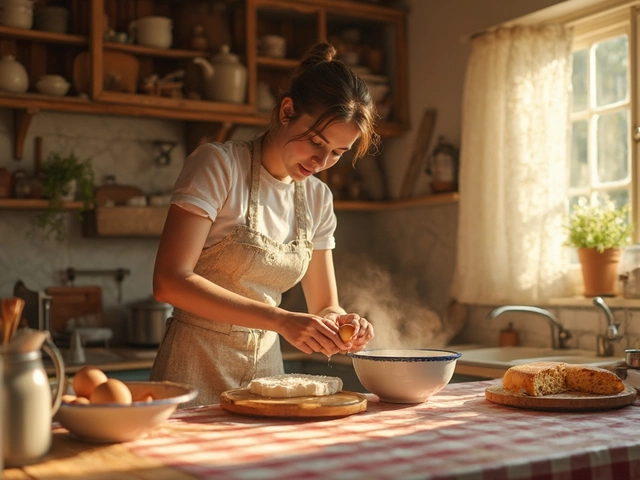
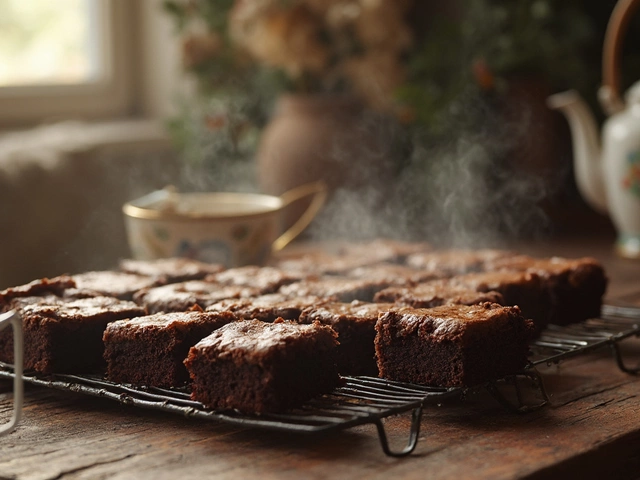

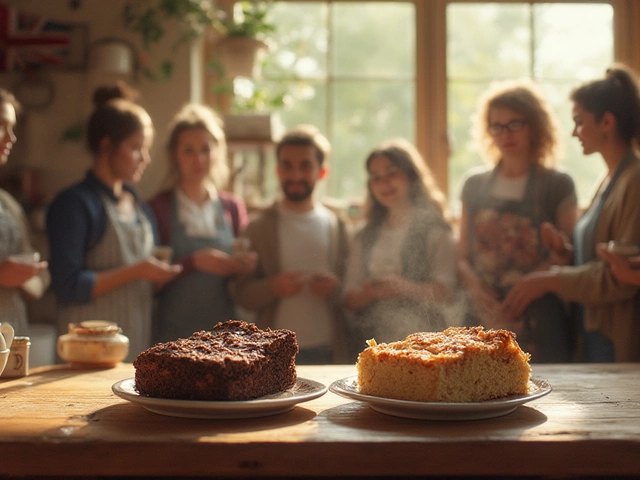
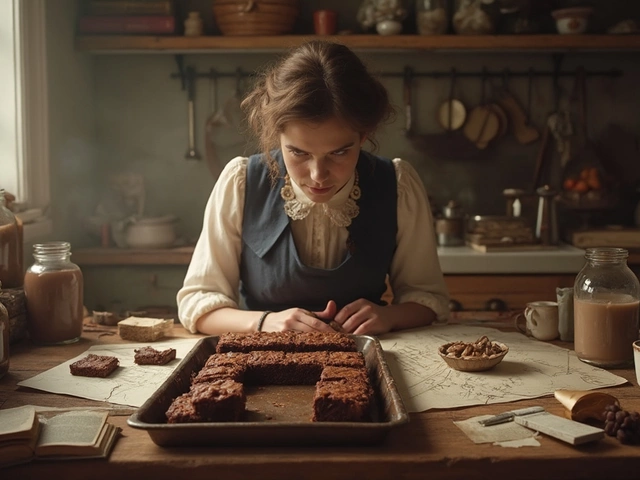
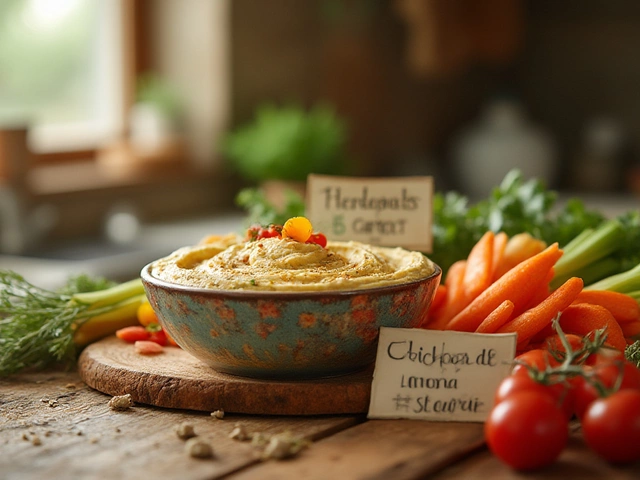

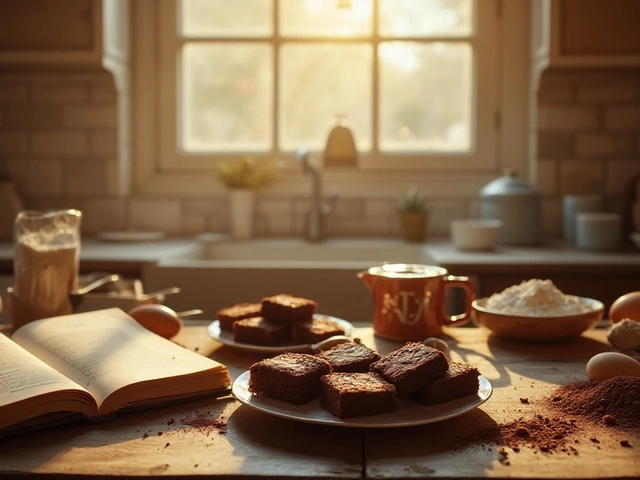
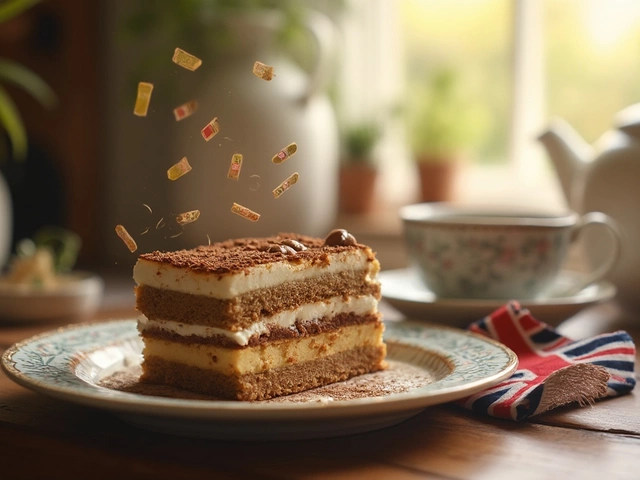
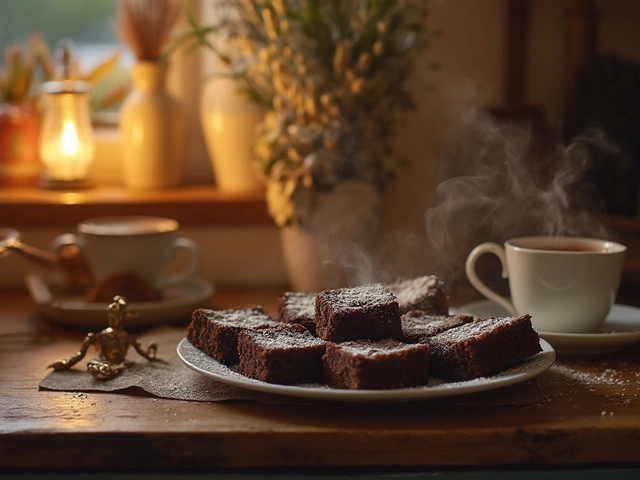
Write a comment